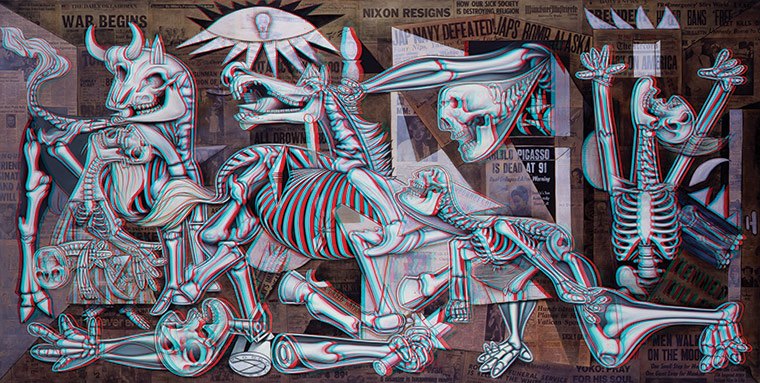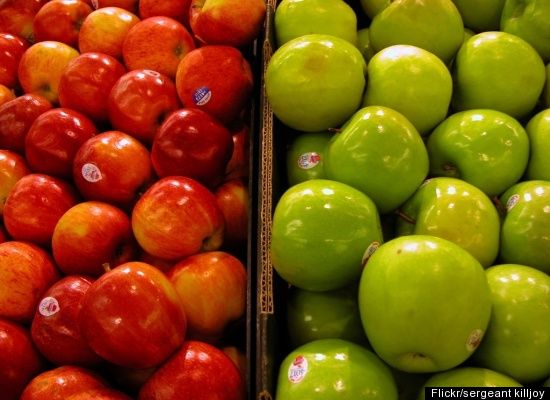photo credit: Leo Jimenez
Last week, Kioka Williams and her camera team made a special visit to our offices to interview the founding partner and creative director of MBF Trend Consulting, Manuela Fassbender. Kioka Williams is a student at Sarah Lawrence College in New York. She is currently working on a documentary on the fashion system and its effects on people and the environment. Today's post highlights a few excerpts from the interview. In the full 10-minute piece expected to be released end of May, Kioka Williams will talk with other industry experts, including Timo Rissanen, assistant professor of sustainable fashion and design at Parsons, about sustainability in the fashion industry.
Kioka: There’s a shift impacting the fashion industry...
Manuela: Yes, the old systems don’t work anymore because of external forces. We don’t know exactly what the new system is going to be, but we do know a change needs to happen... In 2008 the world financial crisis happened. Following that, we had major bankruptcies and too much of the same products out all around. Brands have been fading out because of a lack of distinct branding. There is a new consumer who is expecting different things.
Kioka: What defines sustainability?
Manuela: The problem is people don’t really know what it means. It’s not only ethical production and eco fabrics, but it also includes clothes swapping, reducing waste, vintage/consignment, energy efficiency, and local production. Companies like Reco jeans and H&M are great examples of this. At the same time, we also see consumers reusing things and not just updating their wardrobe because it’s chic. We mend and fix it. These are some of the many elements of sustainable fashion.
Kioka: Do you think there’s a minimum or key elements that qualify fashion lines as sustainable?
Manuela: It’s not a revolution, it’s an evolution. The minimum is transparency. You have to make choices. It is important to start somewhere. A global index or standard would be nice but one step at a time. The market has to be sustainable together.
Kioka: There are many key words for sustainability: eco, green, slow fashion, etc. Is there a distinction between them?
Manuela: It doesn’t matter. They all stand for the same thing. It’s going to be irrelevant in a few years.
Kioka: Do you think people just follow it because it’s a trend?
Manuela: To be honest, I don’t care. As long as people do it.
Kioka: What are the major drivers of sustainability in fashion? Technology, environmental, geo-political, transparency, etc?
Manuela: Well for environmental drivers; look at the floods in China, India and Pakistan that have affected the cotton crops or the earthquakes and tsunamis in New Zealand and Japan.
Manuela: As far as geo-political drivers, we don’t have the full picture of what it all means yet. There is going to be a major backlash and disruption of the supply chain. Look at China’s riots for fair labor and pay. China is changing as a country. They can keep their factories busy to produce for their domestic market. Manufacturers are asking for more money to produce, so prices will go up and the corporate profit margin will go down. How will consumers react? In the US, it’s all about price. Also, look at the Middle East and rising oil prices. Petroleum is major. It’s in so many products and will affect us in our daily life.
Manuela: There are more investments in technological developments, specifically in fiber technology. A great example is Uniqlo’s Heat Tech. Also, there are more eco fabrics at the textile tradeshows than ever before.
Manuela: Regarding transparency as a driver – It is not only about tracing a product through out the supply chain. We have to move from an “I to a We society”. We need to collaborate, share resources and research.
Kioka: On your site you address green washing.
Manuela: Green washing is when a company that isn’t sustainable uses it as a marketing tool. Companies see it as a trend and say they are doing good for the world. It’s not a trend, it’s the future!
Kioka: What advice do you give to companies?
Manuela: Be honest, transparent, make sure your product is unique, non-disposable, meaningful and of good quality.
Kioka: If we approach it like that how do we continue to have a long shelf life?
Manuela: Profit thrives the economy, so the fashion companies want people to wear an item 5 times and throw it away. We went from slow fashion to fast fashion over the last couple of years. The H&M’s & Zara’s started to go from two collections per year to 12- every apparel company has caught up with it by now...Do you want to be a follower or a trendsetter? When we go shopping we see the same things over and over. Use sustainability as a branding tool, stick out, and create something new that will talk to the new consumer. Fast fashion caught on, but now we have to go back to slow fashion. Be the example.
Kioka: Whose going to be brave enough?
Manuela: Uniqlo, H&M, Nike, and Anvil are great companies already doing this. Are they doing it to make a lot of profit? I don’t care. There’s a movement going on and that’s where we have to go.
Kioka: To what extent can sustainability/social responsibility be a gimmick in reference to H&M and Uniqlo?
Manuela: Give H&M credit. They went from the “Garden Collection” to the “Conscious Collection” within a year. These collections blend in with H&M’s fashion sensibility. You wouldn’t know the difference. There isn’t a tracking system in place yet, which would make the sustainable capsule collections even more relevant but to name this next collection “Conscious Collection” is a huge step. It’s setting the right example.
Manuela: It’s out there. That’s what matters. That’s what counts. The message is trickling down. In the mass market is where we can make an impact. If we want to change we have to reach out the masses because that’s where it counts.
Kioka: Let’s talk about the new consumer.
Manuela: They have different values like honesty, transparency, and accountability. They ask questions like where is this product made? It’s a lifestyle. It’s communicating with people, collaborate.
Kioka: How do products have to look?
Manuela: Products have to be unique and beautiful. Design doesn’t have to suffer. People need to buy based on design and not because of guilt. Sustainable products need to be marketed and merchandised with regular products to make it the “new normal.”
Kioka: How does the fashion industry have to adapt?
Manuela: Through social media, transparency and cutting edge new concepts. We need to get consumers more involved like voting on styles. You have to give consumers choices because if you don’t put the product out there they can’t buy it. Also, education is a major factor.
Kioka: How would you rank the NY industry in comparison to London?
Manuela: In general, in London and France it’s much more difficult to sell sustainable clothing lines than in Germany. It’s cultural. Germany has been doing a lot of footwork with sustainability. It’s the mindset. It’s easier for people to accept it and understand. It’s easier to market and sell. The Otto Group and C&A are great examples of this. In New York, trends appear and then we know how to market it and therefore we can move things fast. I’m hopeful for the market here. New York’s market is growing and growing and we are ready for it.
Kioka: Trying to touch on sustainability with the garment center is almost nonexistent. There’s a reluctance to be involved in anything sustainable. No one wants to hear about this word.
Manuela: It’s all about education. It needs to start in the schools. FIT, Parsons, London College of Fashion, and ESMOD are doing it. It has to be a collaboration between students and professors. We have to educate the industry from patternmakers to production, locally, overseas, and even the sales staff. Source4Style is connecting the garment industry with designers for local production. If we invest in local production, garments will be more expensive but we will have to get used to the fact that we are going to have to pay the real price of goods.
Kioka: I’m wondering about your take on the Apparel Coalition.
Manuela: There are lots of certifications for example GOTS, JOCA Pure, Oeko-Tex 100. It’s very confusing to the industry. Imagine how it must be to the consumer! The Sustainable Apparel Coalition is comprised of major companies. These large corperations are aware of the shift. It’s a very good system to have one global index. The different certifications have been baby steps. We can use this information to create one for everyone to go by. Give designers a tool like scorecards to determine how sustainable the product is. Give consumers an Iphone app where they can scan the tag and see how green it is by tracking it like the “Good Guide” with consumer products.
Kioka: There’s also the sexy factor. Have you seen sustainable fashion represented like this? Like in Vogue?
Manuela: That’s changing. We have moved on. There’s tons of beautiful product out there.
We hope you enjoyed today's post. Stay tuned for the up-and-coming "Be Smart Conference" on April 21st 2011 where Manuela is invited to be one of the 5 key speakers.
















































